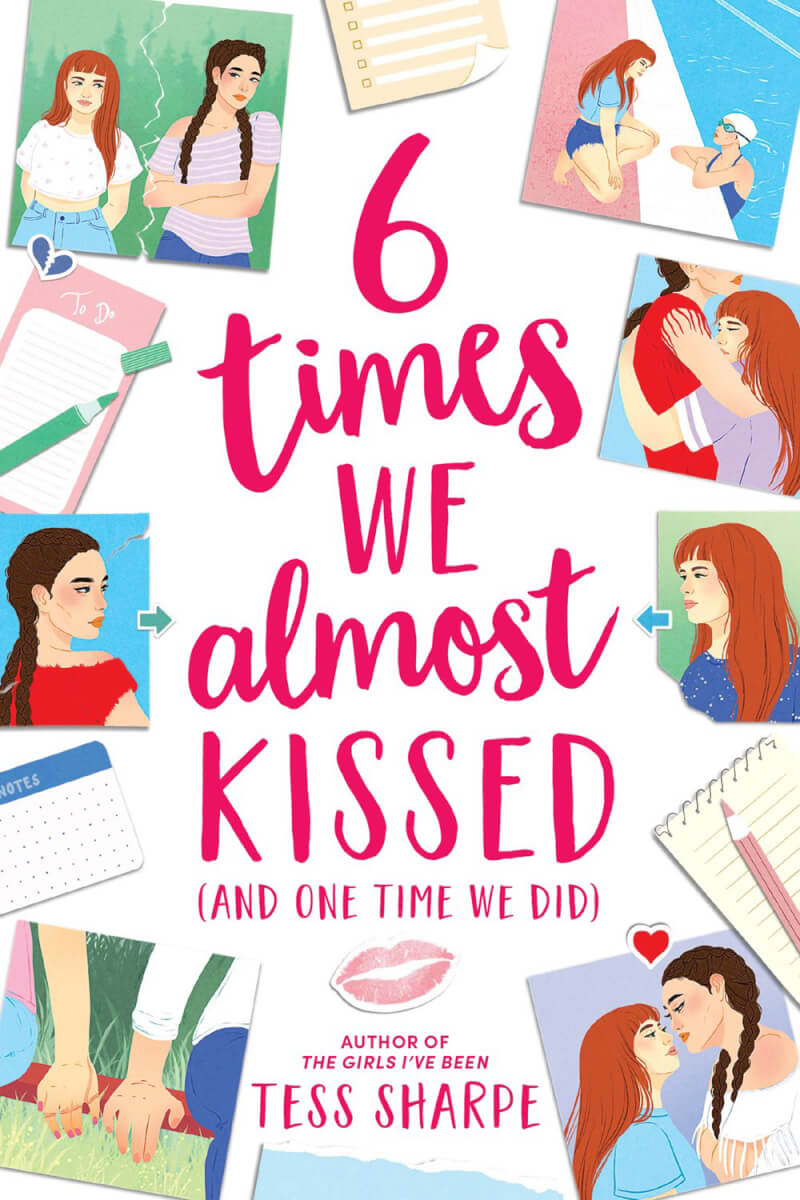“A thin and scrawny thing,” Elpidia has been repeatedly attacked by her female cousins in a family feud that extends to the family’s youngest members. She lives with her Abuela in a trailer and helps out at Abuela’s cantina while dreaming of someday owning a food truck and escaping the barren Southern California desert. Her parents burned down their home and are in prison for drug-related convictions.
Her classmate Stan—the only white kid in their sixth-grade class—is dealing with bullying as well, and is unable to protect himself against his father’s drunken rages. Stan’s mother and Elpidia’s grandmother independently decide that their charges need to learn how to defend themselves, so they take them into the deep desert to learn from Charlie Ramos, a legendary local figure known as “El Escorpion” who teaches a style of Filipino fighting. Nowhere Special will engross readers from start to finish. Before turning to writing, author Matt Wallace was a professional wrestler and instructor in unarmed combat and self-defense. He notes in a content advisory that the book addresses “heavy issues with very personal meanings to me, and I’ve done my absolute best to write about them in a way that will be appropriate for preteen readers.” Characters throughout the novel’s memorable scenes struggle to develop the responsibility and judgment needed to escape a destructive, unending cycle of violence.
Wallace excels at depicting realistic family scenarios, complex moral dilemmas, and good-hearted, but flawed, adults. Nowhere Special offers moments of hope and redemption amidst poverty and great tragedy. Although there are no tidy resolutions, Stan and Elpidia grow empowered and discover the salvation that close friendships can provide. Despite the seemingly insurmountable difficulty of their family and social situations, these protagonists’ dreams feel possible by the end of the book.





























